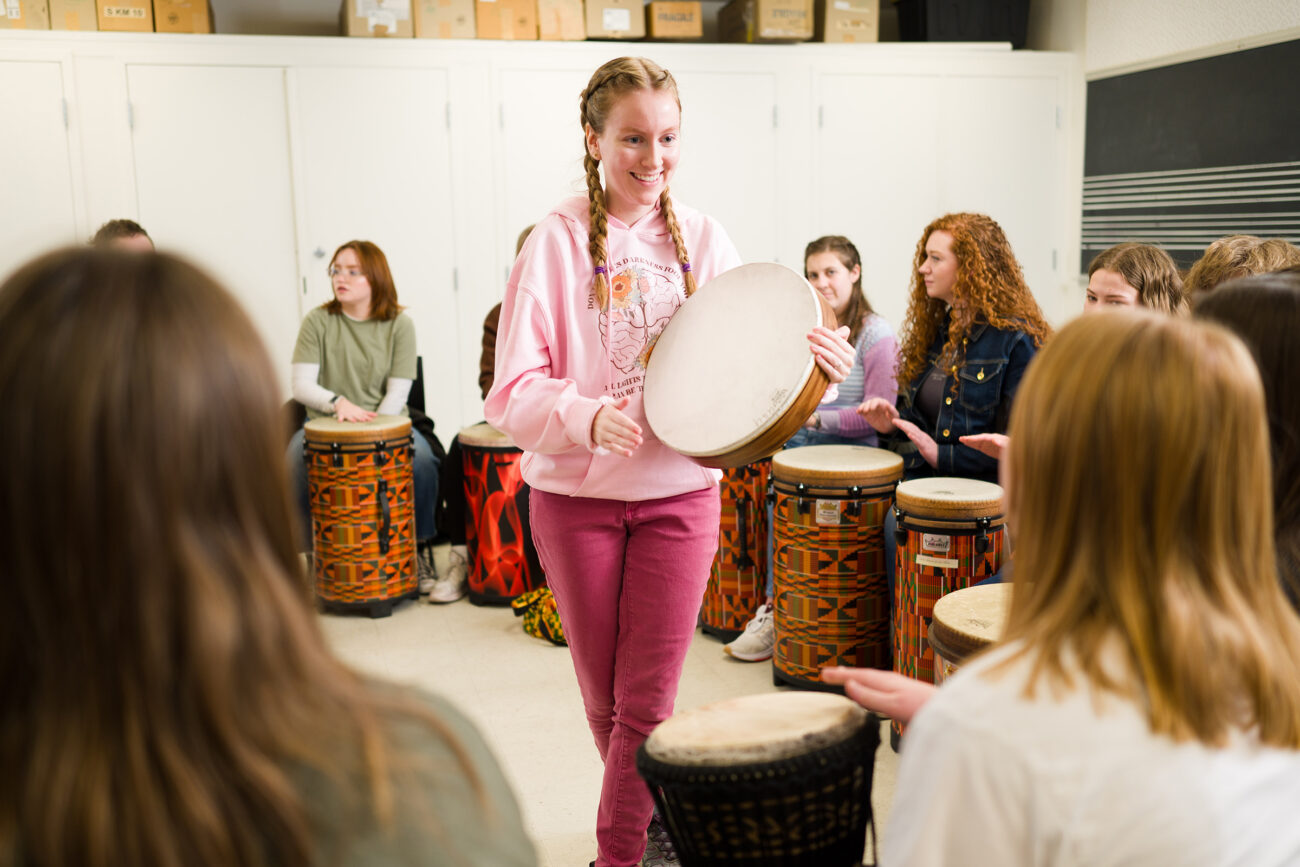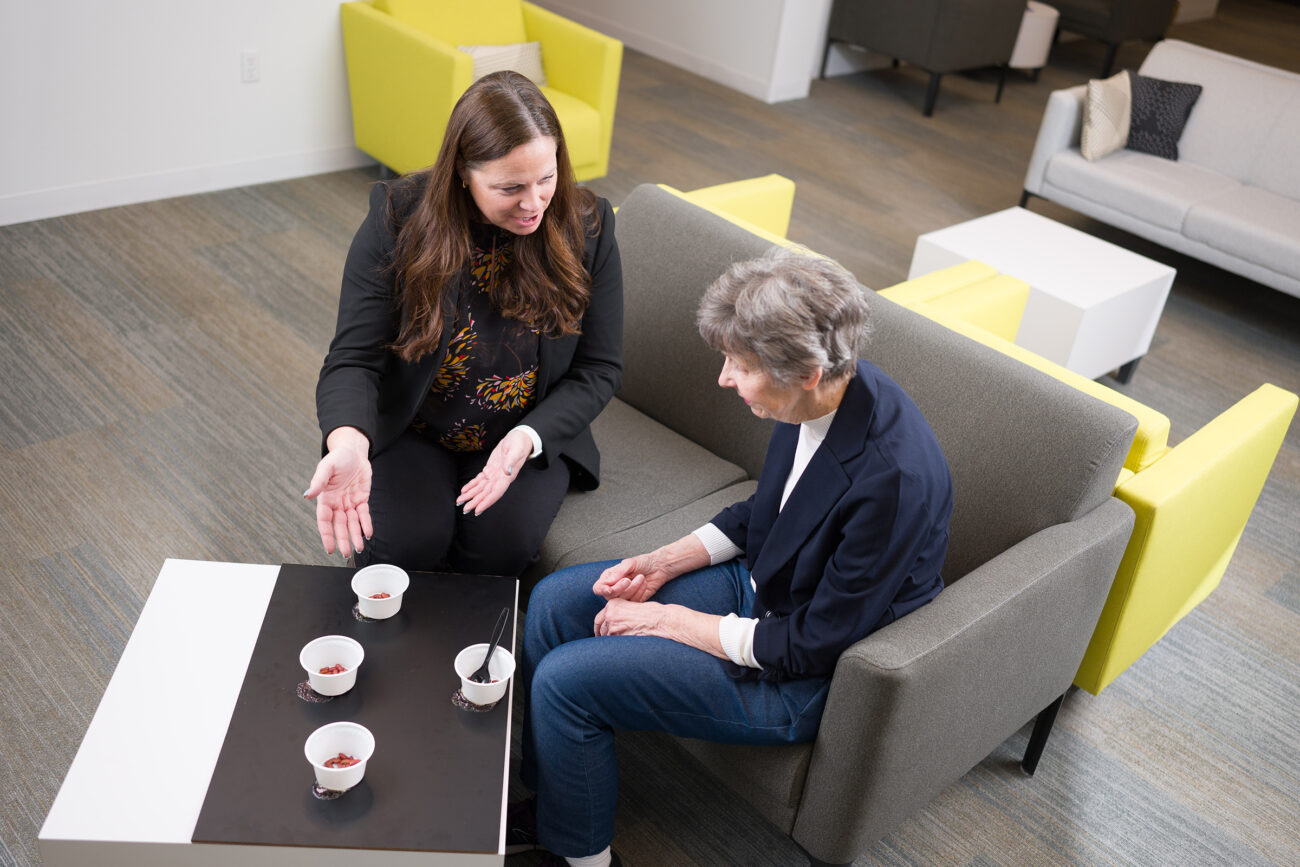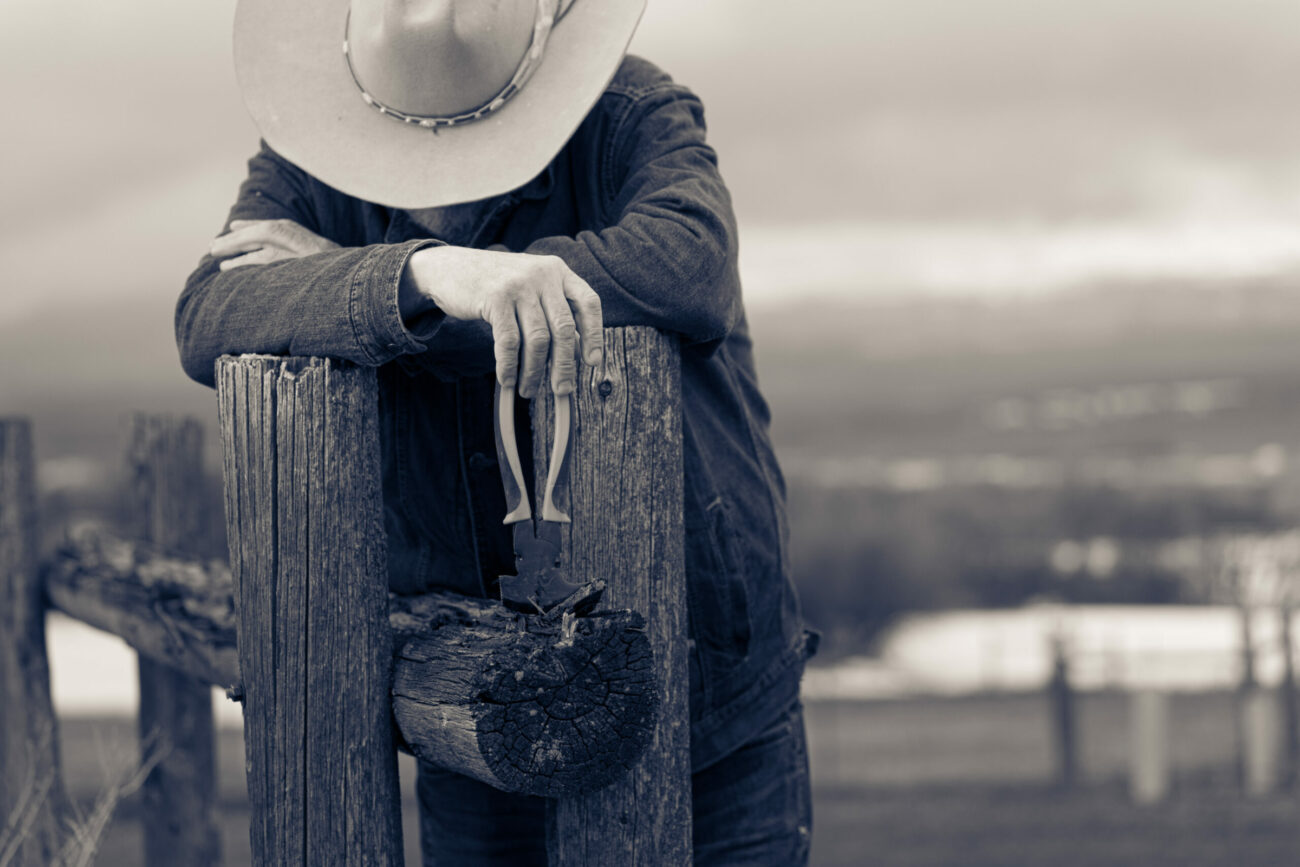Keeping Joy In the Classroom
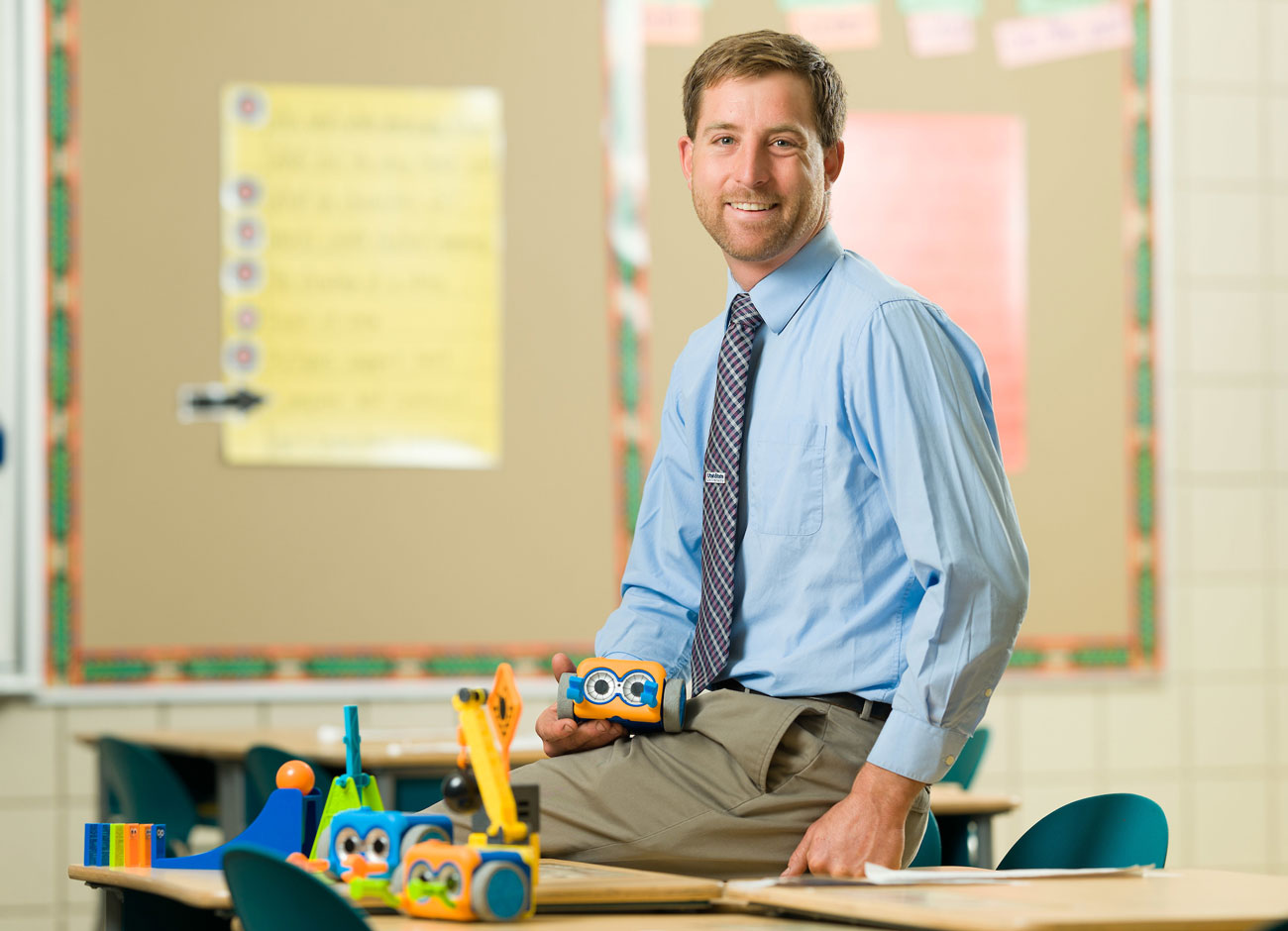
The enormous pressures facing teachers in our nation are no secret, and working under a public microscope is just part of the burden.
Opinions on teachers are everywhere — in the judgmental comments about the teacher who consumes too much Diet Coke or the one who doesn’t reply to emails fast enough. The profession is debated in the news and leveraged for political gain. Teachers are either criticized or revered — and either way, it’s a lot of pressure.
A National Education Association poll conducted this year highlighted some unsettling findings:
90% of its members say that feeling burned out is a serious problem.
86% say they have seen more educators leaving the profession or retiring early since the start of the COVID-19 pandemic.
80% report that unfilled job openings have led to more work obligations for the teachers that remain.
Are there teachers who still find joy in their careers?
Indeed, numerous graduates of Utah State University’s nationally ranked School of Teacher Education and Leadership are thriving — but they are not immune to the stress. Several in Cache Valley recently reflected on the challenges of teaching over the last few years, like developing study packets and managing remote students’ progress while simultaneously teaching others in person. Some children fell behind during lockdown because of economic barriers, such as lack of internet access, sharing a single computer with siblings, or sharing the family computer with parents who use it to work. The learning gap for many of these students still persists.
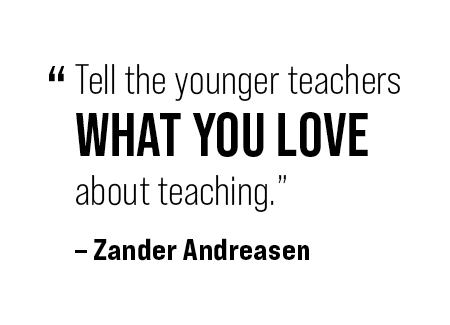
Zander Andreasen, who teaches first grade Spanish dual immersion at Heritage Elementary in Nibley, Utah relates to those challenges. And while the district has been extremely supportive, he says, he hears from teachers across the state who feel enormous pressure to get students caught up to where they “should” be, regardless of the pandemic. “Districts and administrators get pressure from the state legislature and want to see results, but they often do not understand the reality of the classroom.”
Keeping the attention of 28 children for a math or history lesson is hard enough, but doing it in Spanish requires a performance energetic enough that the students can focus on the subject and simultaneously absorb the second language. “Señor A” as the students call Andreasen, answers his first-graders in Spanish when they ask questions in English. Even their written assignments are completely in Spanish. And it’s working. After six months, the children are more fluent than they realize. At recess, when Andreasen joins them, sprinting across the playground, pushing them on the swings, spreading out his attention evenly, he is still speaking Spanish.
Despite the challenges, Joey Kozlowski, “Dr. Koz,” a second-grade teacher at the Edith Bowen Laboratory School on USU’s Logan campus hasn’t veered from his love of teaching. He is soft spoken by nature, but when he needs to command the classroom he simply stands up and says one word: “Eyes!” and the students respond instantly, booming “… on you!” He not only grabs their attention but holds it. Every single little face focuses on his, drinking in his gestures and absorbing every word.
Kozlowski is a former wrestling coach and started a before-school wrestling club for students in his class and another specifically for 3rd to 6th grade students outside his class “to build community with students I see every day in the building and help them build relationships with each other. We haven’t had a lot of things where people are together. About 40 kids come every session, and they are so excited about it!”
How do we keep more joy in the classroom? These teachers had some ideas.
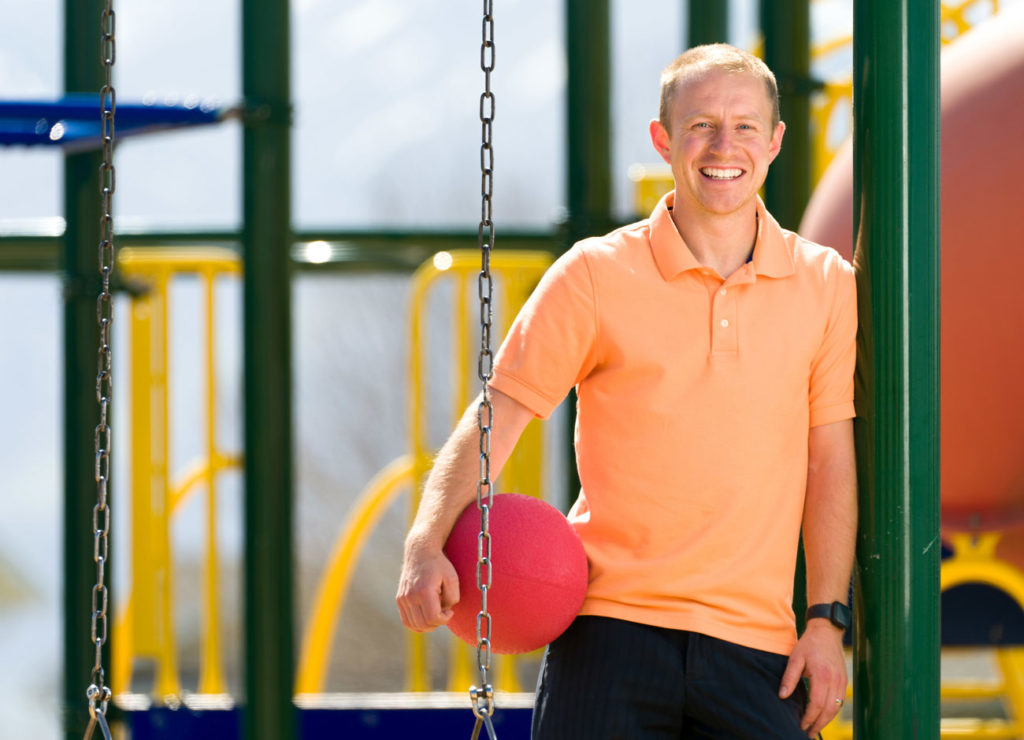
How do you deal with the stress of being a teacher?
JK: I focus on that peace that comes from helping each child in the way I can. My purpose keeps me positive, loving what I do, and feeling the joy that radiates from my students. If I believed I was doing everything right all the time, it would be easy to let scrutiny damage my self-esteem.… But as long as I don’t get defensive or let my pride get in the way, it doesn’t hit me too hard.
What advice would you give to new teachers?
JK: Don’t get caught up in anything that overshadows what we are here for, which is a true love for kids. Don’t let politics around educational theories, curriculums, standards, COVID, online teaching, pay, standardized tests, assessment, or teaching conditions get in the way of that love. Within the structure of the district, find the little ways you can bring in your personality and creativity; show the kids special interest and attention. When the book says “repeat these facts after me,” have them do a jumping jack for every fact, or put a sticker on their shirt. Bring your joy to it instead of getting sucked into any negativity about the structure.
How can new and veteran teachers support each other?
JK: New teachers are excited and passionate about trying new and creative approaches and that needs to be embraced and nourished. As a new teacher, so many people have done that for me, which has allowed me to love what I do. Sometimes newer teachers don’t get that encouragement and get stymied by “this is just how we do things and fall in line.” That exhausts them emotionally because then they have less investment in what they’re doing.
ZA: Tell the younger teachers what you love about teaching. At Heritage, we have mentor teachers, and they listen to us vent and help us celebrate. That kind of relationship is a great place to share the positive. Veteran teachers need mentors too — they need a place to vent and to celebrate the good as well. New teachers are enthusiastic and trying to do what’s right, and they are also making mistakes. Some young teachers burn out quickly because they are working so hard, but are hearing negativity from more experienced teachers.
What does the district administration do that makes a difference?
ZA: A few months ago, Cache district shortened the school day when we were missing about 150 kids per day. That provided extra time before and after school for kids and teachers, which helped so much when we were getting really behind and crunched for time.
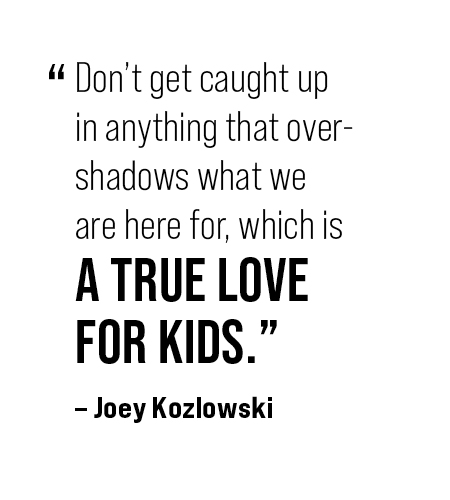
JK: Make room for teachers’ passions. My passion is experiential learning; I am teaching my kids to use screen-free coding toys for just 30 minutes a week. The kids are programming little robots — early computer science tools that can “learn” to turn left or right, etc. It is an enormously fun way for kids to naturally learn embedded math, angle rotations, counting iterated movements, measuring, multiplication, and more.
What life lessons have you carried over from the pandemic?
ZA: The pandemic helped me to see which things were important. Now I ask myself each day if I am using my time wisely. What are the essentials? COVID made me really dig deep into my toolbox to adapt. Instead of wishing it was like it used to be, I got creative. When students came back after lockdown, I couldn’t do everything all at once to catch them up, so it helped me to focus on one essential: if the only thing my students take away is that they don’t hate math, I will have succeeded. So, I created games and fun ways to have them work with numbers and concepts. If I focused on “they’re behind and they have missed so much” I would have been frustrated and burned out. Focusing on the positive helped. I also cut students some slack because they’re six years old in a pandemic, and I know they’ll remember more how they felt in math class than whether they caught up with everything perfectly. That will affect them for the rest of their school career.
How does USU prepare teachers differently?
ZA: Emma Maughn really challenged me to make sure that I was going into education for the right reasons and made sure I realized that everything was not going to be perfect. She taught me about the realities of teaching. In Sylvia Read’s classroom management class, she explained the ups and downs of working with kids and parents and she gave us the tools to deal with those. Maria Spicer Escalante pushed me to be a DLI teacher and helped me feel comfortable teaching younger kids who don’t understand Spanish. Through pictures, gestures, visual aids, and role playing, we can connect Spanish words with other concepts they already understand. USU places its students into the classroom almost immediately, which separates its teaching program from others. I’ve talked to other teachers who did not have that experience, and their learning curve was much steeper.
What are the joys of teaching right now?
ZA: The thing that makes me the happiest is seeing students who struggle in math or other subjects, but who are easily picking up Spanish — it boosts their confidence so much, and it’s exciting to see that. It is thrilling to see young students learning a second language.
JK: When I got back to my classroom today, there was a note on my desk saying “You are the best teacher because you make me smile.” I always try to take a breath and realize that this is what kids remember and what can change their lives — being the teacher who smiles and laughs with them.
By Rebecca Dixon ’08
Portraits by Levi Sim



